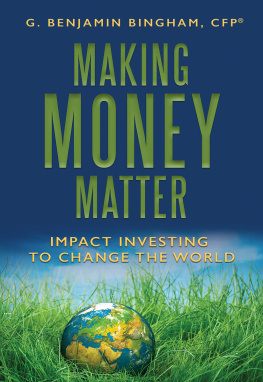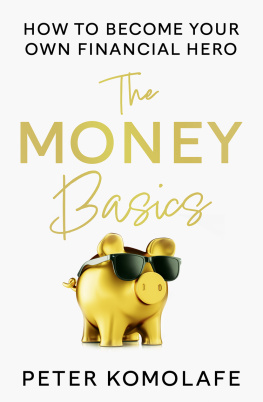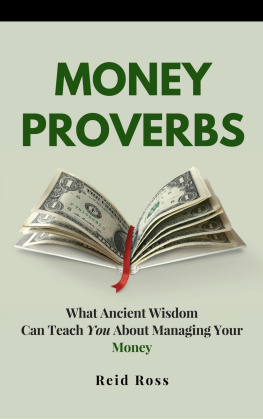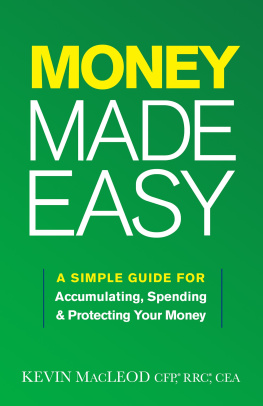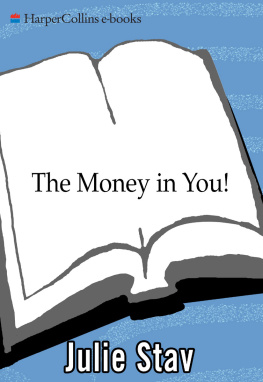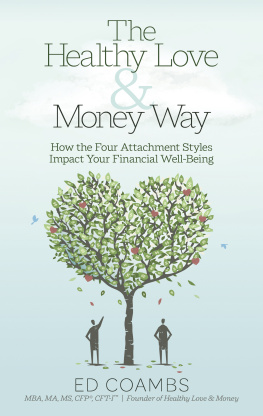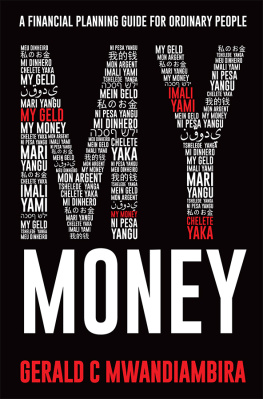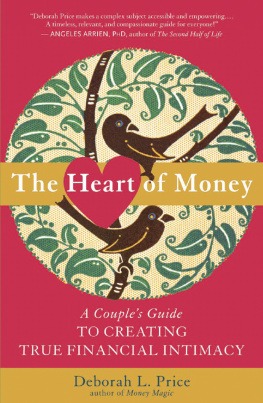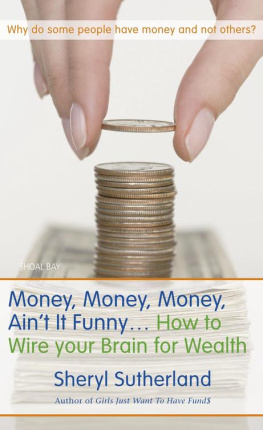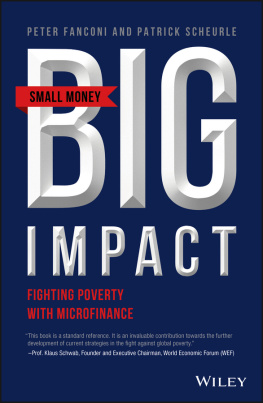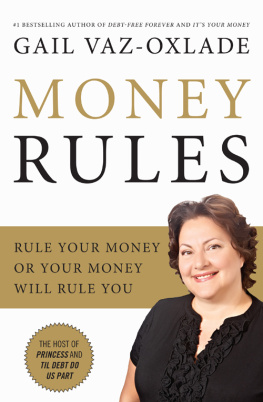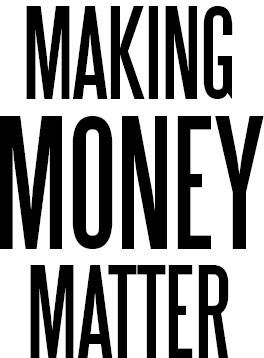G. Benjamin Bingham - Making Money Matter: Impact Investing to Change the World
Here you can read online G. Benjamin Bingham - Making Money Matter: Impact Investing to Change the World full text of the book (entire story) in english for free. Download pdf and epub, get meaning, cover and reviews about this ebook. year: 2015, publisher: Easton Studio Press, LLC, genre: Home and family. Description of the work, (preface) as well as reviews are available. Best literature library LitArk.com created for fans of good reading and offers a wide selection of genres:
Romance novel
Science fiction
Adventure
Detective
Science
History
Home and family
Prose
Art
Politics
Computer
Non-fiction
Religion
Business
Children
Humor
Choose a favorite category and find really read worthwhile books. Enjoy immersion in the world of imagination, feel the emotions of the characters or learn something new for yourself, make an fascinating discovery.
- Book:Making Money Matter: Impact Investing to Change the World
- Author:
- Publisher:Easton Studio Press, LLC
- Genre:
- Year:2015
- Rating:3 / 5
- Favourites:Add to favourites
- Your mark:
Making Money Matter: Impact Investing to Change the World: summary, description and annotation
We offer to read an annotation, description, summary or preface (depends on what the author of the book "Making Money Matter: Impact Investing to Change the World" wrote himself). If you haven't found the necessary information about the book — write in the comments, we will try to find it.
The way we think about money has extraordinary impact. This book satisfies the growing longing for a financial overview that can provide practical advice and demonstrate how money is a social tool.
Making Money Matter introduces the reader to common money mistakes, and the dysfunctional nature of the current financial framework. Its overview of the SRI world will inspire investors to push their advisors envelope while providing new strategies to meet the demand for positive impact. It provides a philosophical basis for transforming our view of money from an end unto itself to a means to change the world for the better.
This book traces the authors journey from early financial innocence to an appreciation of how money works and how it can be transformed. People who care about the planet and society at large need a bridge from deeply felt values to practical understanding and advice that will lead to a new money paradigm. This new approach covers all aspects of money from everyday transactions to high impact investment options. It describes a new investment paradigm that will support both reasonable returns and long-term societal and planetary health.
Socially Responsible Investing (SRI) is well established for smaller scale investors in the public space and impact investing for accredited and qualified investors is taking hold in the private-space. Readers want more than flat definitions, and need an inclusive overview that can inspire investors on all levels to move the trillions required for addressing the worlds many dire problems.
This books unique contribution is a personal, practical and holistic approach to socially conscious investing, which engages the reader in a way that is both healing and empowering.
Making Money Matter is designed for mass appeal. First, its biographical, true-confessions format introduces the reader to common money mistakes made by the author, while personalizing the dysfunctional nature of the current financial framework. Secondly, its personalized overview of the countermovement of socially-conscious investment options is designed to inspire investors to push their advisors advice-envelope while providing investment managers with practical new strategies to meet the burgeoning demand for positive impact. Finally, this book provides a philosophical basis for the new money paradigm that shows how to transform our view of money from an end unto itself to a means to change the world for the better.
This book is aimed at people who are concerned about Wall Street, banking and our current monetary and finance system, average investors, businessmen, progressives, libertarians or fiscal conservatives. However it should be of particular interest to investment professionals looking for new ways of meeting their clients needs. Investment managers and consultants need to be educated about this space. This book should be as popular among family office associations as the Chartered Financial Analysts Association.
But this books ultimate goal is to provide inspiration to all levels of investors. Everyone uses money, and the way we think about money has more impact than all the impact investments put together. This thinking needs to change. Just as consumers drove the growth of the local and organic movements, investors will drive the new money paradigm. This may help anyone to begin to think about the real bottom line of every transaction, which is the impact of our actions on the planet - including all living beings that inhabit it.
G. Benjamin Bingham: author's other books
Who wrote Making Money Matter: Impact Investing to Change the World? Find out the surname, the name of the author of the book and a list of all author's works by series.

